A look at Jimmy Carter’s legacy in Georgia and around the world
AUGUSTA, Ga. (WRDW/WAGT) - Jimmy Carter, the only Georgian to serve as president, was born in Plains on Oct. 1, 1924, to Earl Carter, a farmer and businessman, and Lillian Carter, a ed nurse.
He grew up in the nearby community of Archery.
In 1941, after graduating from Plains High, Carter enrolled at Georgia Southwestern College in Americus. One year later, he transferred to Georgia Tech in Atlanta, and in 1943, he received an appointment to the U.S. Naval Academy in Annapolis.
After receiving his naval commission, Carter married Rosalynn Smith of Plains on July 7, 1946, after which they moved to Norfolk, Va.
Carter served as a naval officer from 1946 to 1952 but resigned from the Navy to return to Plains and take over the family peanut farm after his father died of cancer.
Jimmy and Rosalynn Carter operated Carter’s Warehouse, a general-purpose seed and farm supply company in Plains.
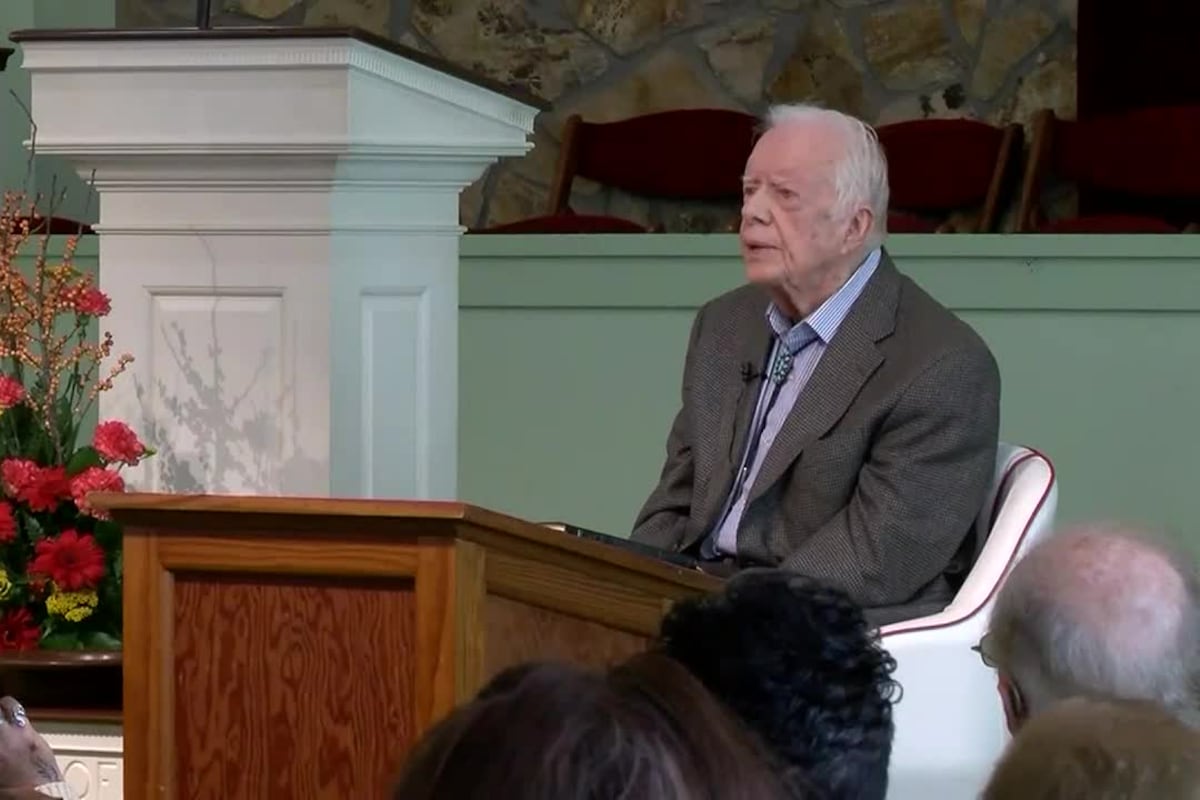
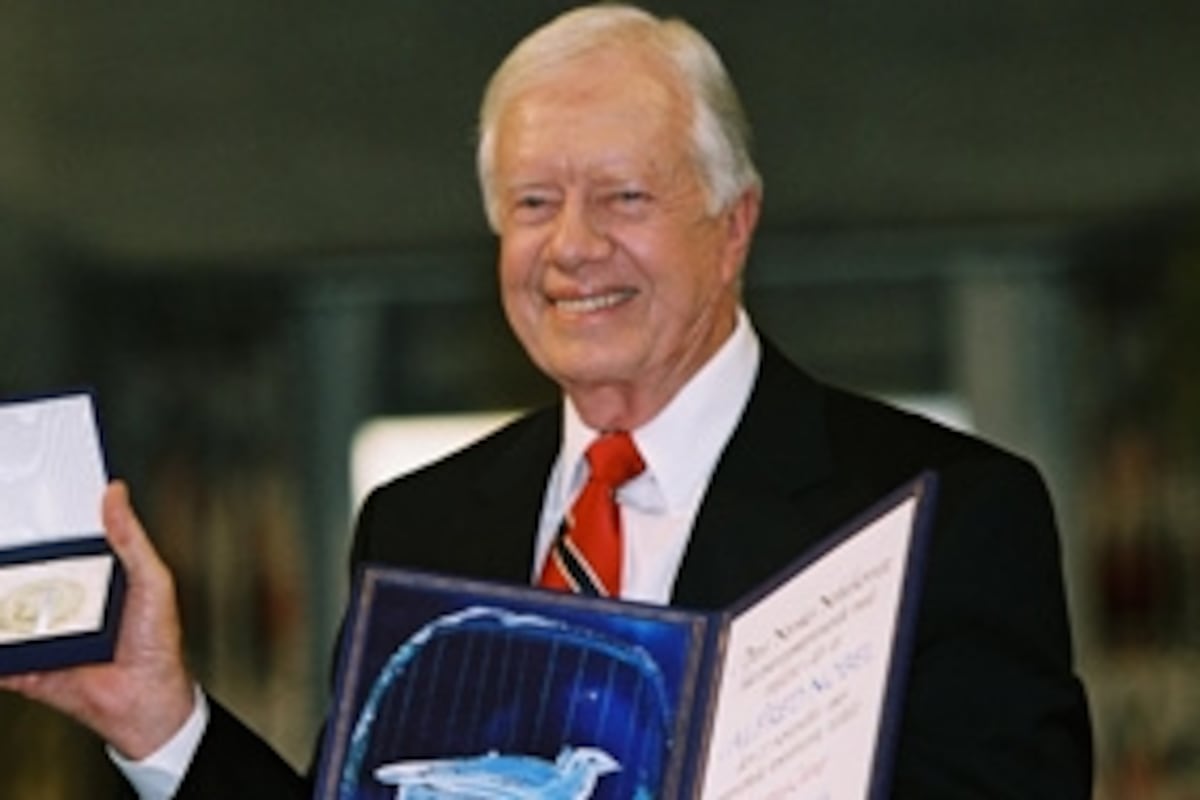
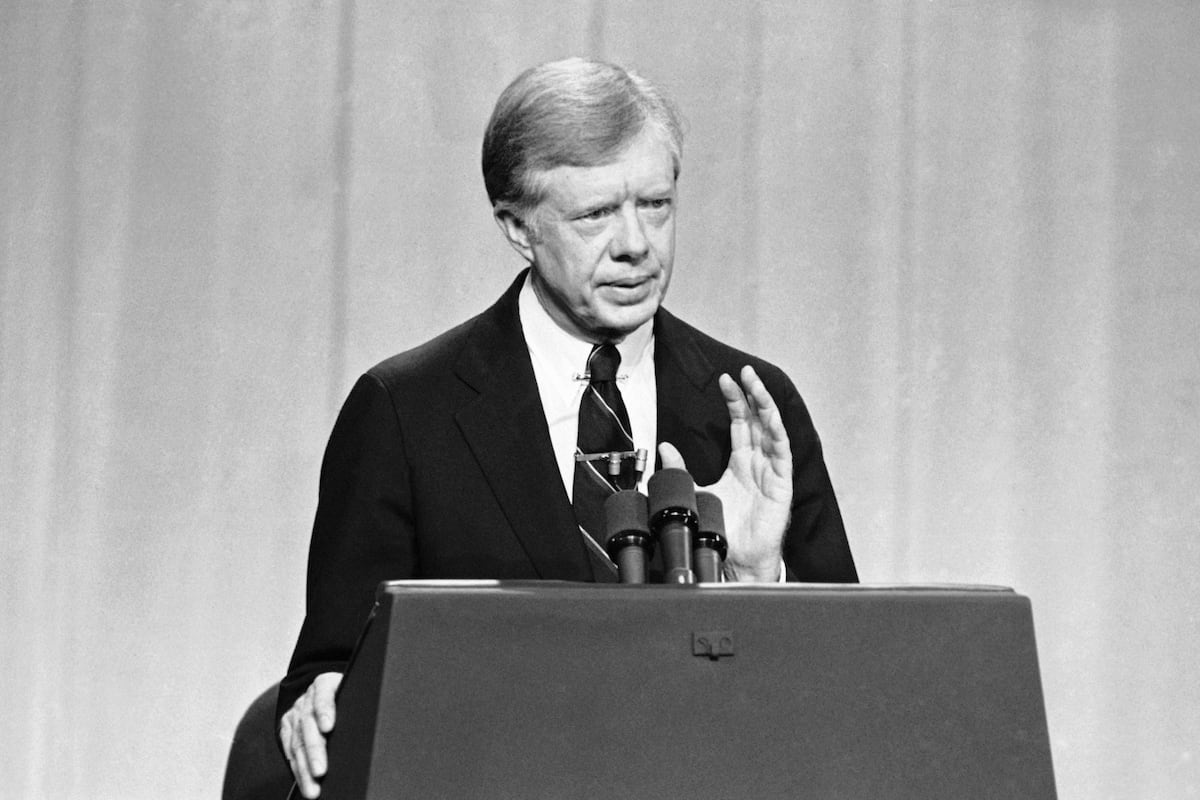
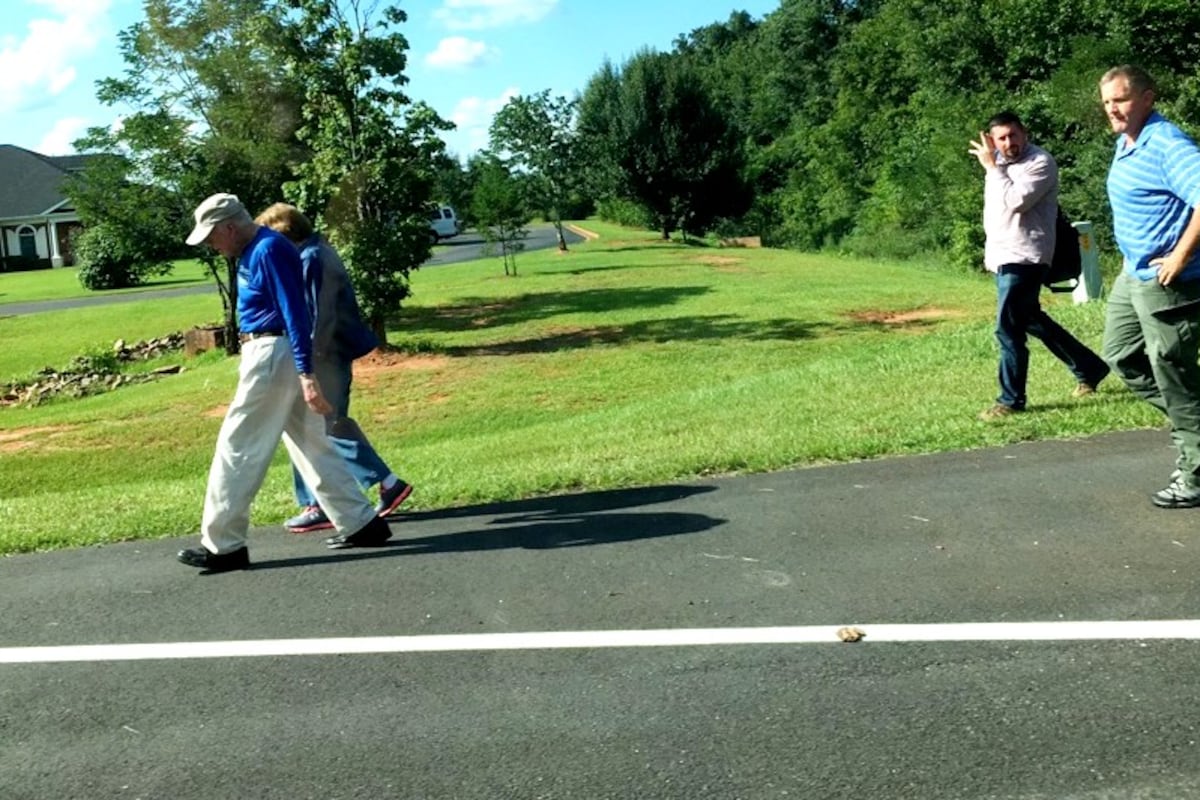
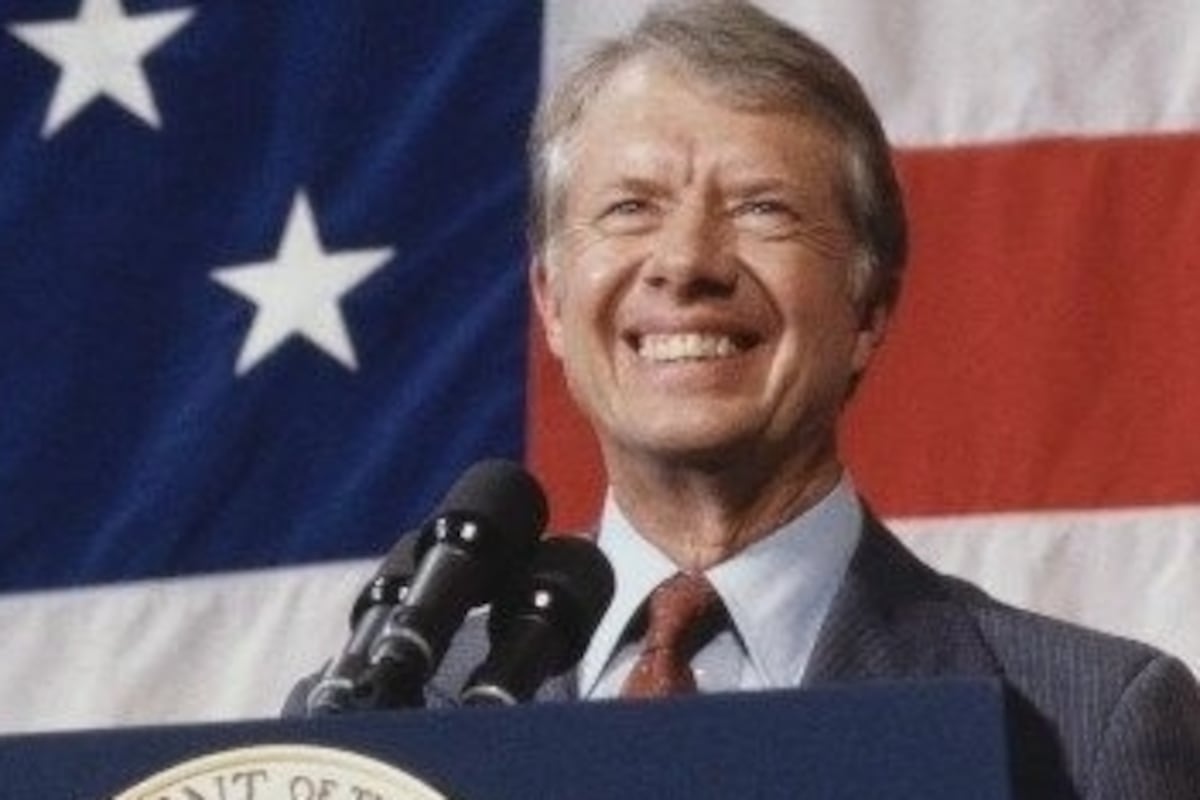
Carter was named to his first public office in 1954 when he accepted an appointment to the Sumter County Board of Education. In 1962, he was elected as a state senator, and in 1966, ran for governor but lost to Lester Maddox in an election so close it was thrown into the state House of Representatives to be decided.
MORE FROM NEWS 12:
- Reaction pours in on ing of Georgia’s Jimmy Carter
- PHOTO GALLERY: Georgia’s Jimmy Carter, 39th U.S. president
- Did you know about Jimmy Carter’s deep family roots in the CSRA?
- Local family shares memories of lifelong friendship with Carter
- How Jimmy Carter helped advance rights for African Americans
- ‘They broke the mold’ with Jimmy Carter, says local man who worked for him
- How Jimmy Carter built a lasting impact through Habitat
- Augusta restaurateur looks back on barbecue with the president
- The Carters: Key things to know about onetime first couple
- Jimmy and Rosalynn Carter’s lifelong love affair
- Rosalynn and Jimmy Carter were a global power couple – and best friends
In 1971, Carter ran again for governor and won.
From there, he went on to the White House.
From the Jimmy Carter Presidential Library and Museum, here’s a detailed timeline of his presidency:
1977
- Jan. 20 - Inaugurated president
- Feb. 2 - Signs Emergency Natural Gas Act and holds “fireside chat” in which he wore a sweater and urged Americans to do so while cutting down their heaters to conserve natural gas.
- March 30 - Soviet Union rejects SALT II proposals
- April 4 – Anwar Sadat and Carter meet in Washington
- April 6 - Carter signs Reorganization Act
- April 18 - Second address to the nation on energy
- May 7 - London Economic Summit
- June 30 - Carter halts B-1 bomber production
- July 19 – Menachem Begin and Carter meet in Washington
- Aug. 4 - Department of Energy established
- Sept. 7 - Panama Canal Treaty g
- Sept. 21 - Bert Lance resigns
- Sept. 27 - Agreement with Soviet Union on SALT II
- Oct. 5 - Signs International Covenant on Human Rights
- Nov. 19 - Sadat visits Israel
1978
- March 16 - Senate ratifies first Panama Treaty
- Sept. 4 - Camp David Summit begins
- Sept. 17 - Camp David Accords signed
- Oct. 13 - Civil Service Reform Act Signed
- Oct. 15 - Congress es first energy package
- Dec. 15 - Announces normalization of relations with People’s Republic of China
1979
- Jan. 16 - Shah leaves Iran
- Jan. 19 - Deng Xiaoping visits Washington
- Feb. 1 – Ayatollah Khomeini returns to Iran
- March 8 - Trip to Egypt and Israel
- March 26 - Egyptian-Israeli Peace Treaty g
- March 28 - Three Mile Island nuclear incident
- April 5 - Address to the nation on energy
- June 12 - Carter proposes National Health Plan to Congress
- June 18 - g of SALT II Treaty in Vienna with Soviet leader Leonid Brezhnev
- July 3 - Cancels energy speech; begins meetings at Camp David on state of the istration
- July 15 - Address to the Nation—the “malaise” speech
- July 17 - Announces Cabinet and senior staff changes
- Aug. 15 - Andrew Young resigns as ambassador to the United Nations
- Aug. 31 - Soviet troops reported in Cuba
- Oct. 17 - Department of Education established
- Oct. 20 - Decision to it the Shah to the United States for medical treatment
- Nov. 4 - American Embassy in Teheran overrun
- Dec. 27 - Soviet invasion of Afghanistan begins
1980
- Jan. 4 - Address to the Nation on Soviet invasion of Afghanistan; sanctions announced
- Jan. 20 - First caucuses in Iowa
- Jan. 21 - State of Union Message outlining “Carter Doctrine”
- Feb. 20 - Decision to boycott 1980 Summer Olympic Games in Moscow
- March 14 - Anti-inflation program announced; balanced budget sent to Congress
- April 11 - Decision to attempt hostage rescue mission
- April 21 - Vance resigns as secretary of state
- April 24 – Iranian hostage rescue mission fails
- May 18 - Mount St. Helens erupts
- July 16 - Republicans nominate Ronald Reagan
- July 22 - Carter statement on Billy Carter’s relations with Libya
- August 13 - Democratic Convention nominates Jimmy Carter
- Sept. 22 - Iraq invades Iran
- Oct. 28 - Carter-Reagan debate
- Nov. 4 - Reagan defeats Carter in election
- Dec. 2 - Carter signs Alaska Lands Bill
- Dec. 7 - Carter warns Soviets against military intervention in Poland
- Dec. 11 - Carter signs Superfund Bill to clean up toxic waste dumps
1981
- Jan. 16 - Final for release of American hostages negotiated
- Jan. 20 – At noon, Ronald Reagan inaugurated as president
- Jan. 20 – At 12:20 p.m. EST, hostages released in Teheran
- Jan. 21 - Reagan sends Carter to to welcome hostages
Two years after leaving office, Carter established The Carter Center in Atlanta. Also after leaving the White House, Carter became a distinguished professor at Emory University.
In his hometown of Plains, the Jimmy Carter National Historic Site was established in 1987. The National Historic Site includes the Depot Museum, Plains High School Museum, and the Jimmy Carter Boyhood Farm.
Copyright 2023 WRDW/WAGT. All rights reserved.















